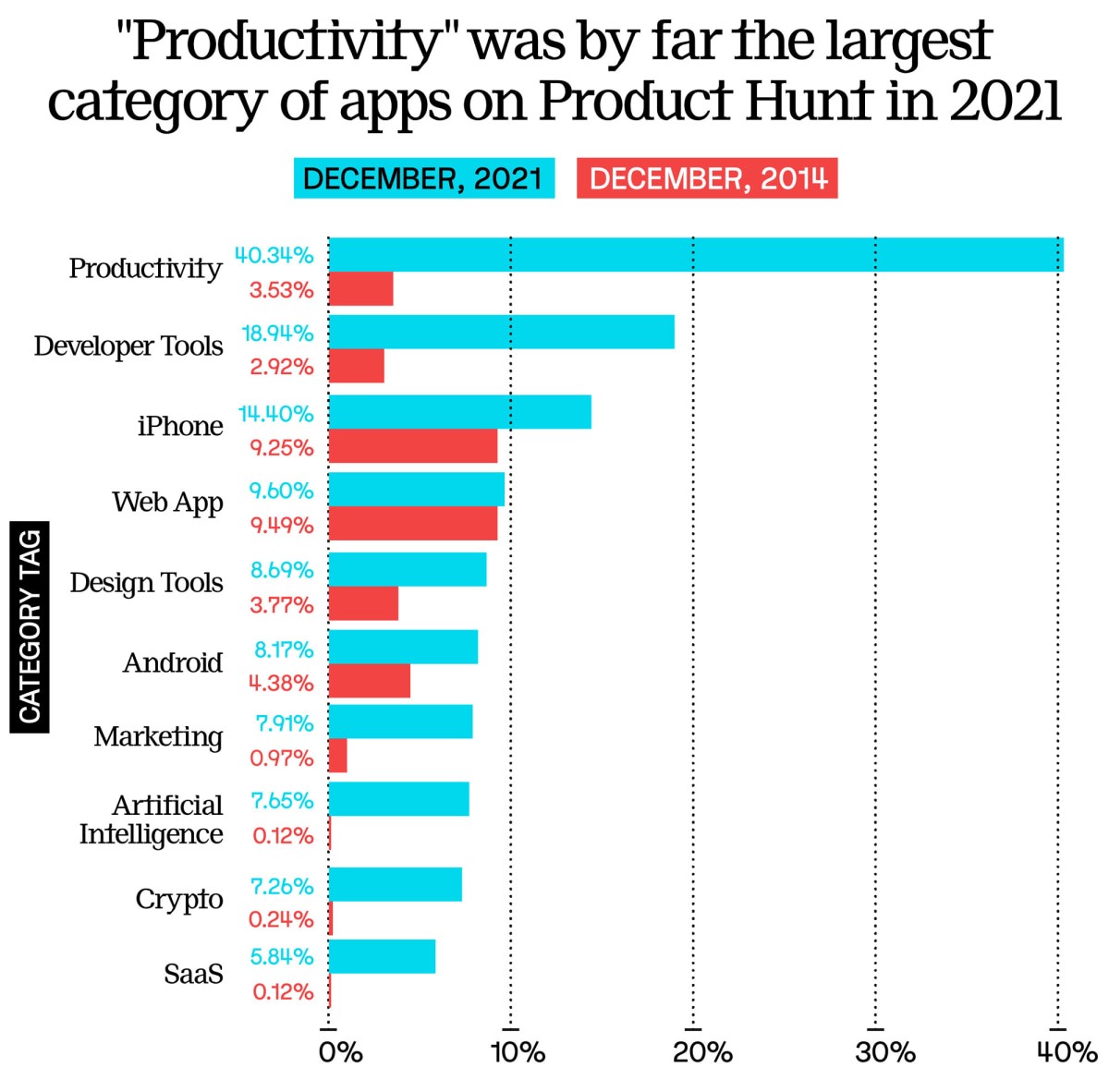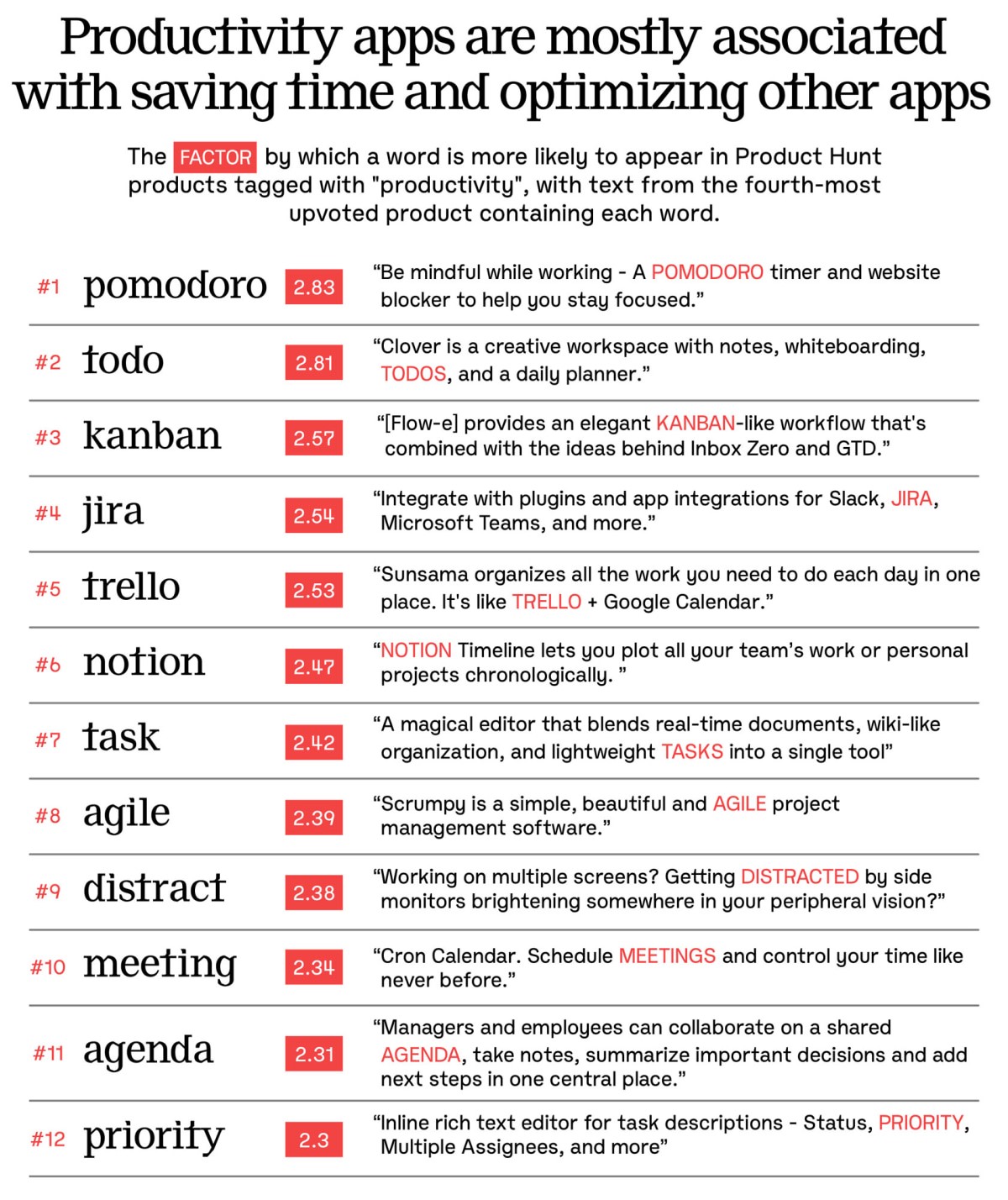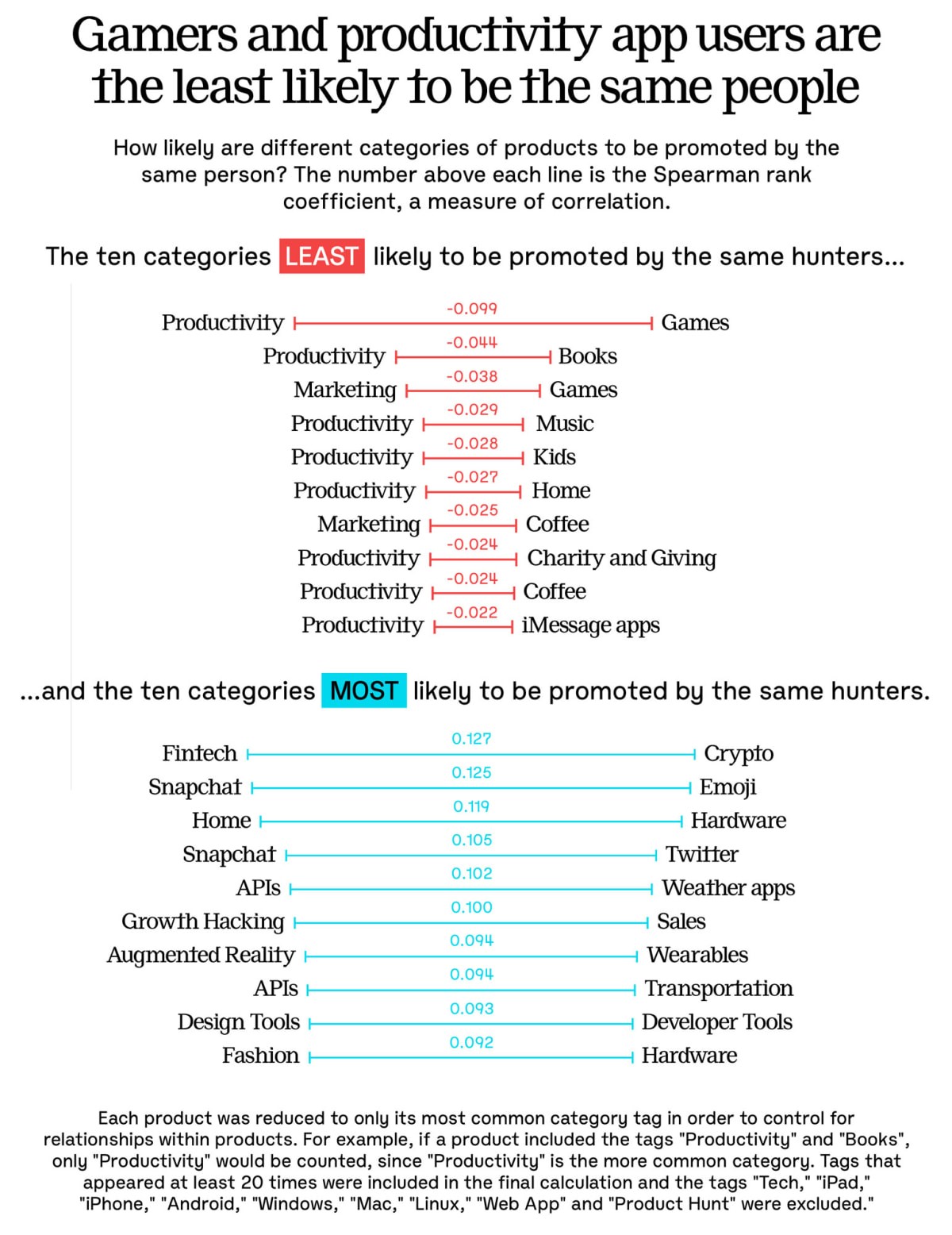Why did the metaverse die? Because Silicon Valley doesn’t understand the concept of fun
In order to illustrate just how dead the metaverse is, I could resort to citing the single-digit user numbers in Decentraland, or the abrupt, mass pivot of venture funding away from the whole idea, or the fact that the majority of people have no idea what Facebook Horizons even is. Instead, I’ll convey it this way: The manic hype surrounding the metaverse is so sufficiently gone that if this story were to run in the next print issue of Fast Company, the metaverse would not only no longer be simply deceased; it would be decayed, worm riddled, gross to even think about.
But its failure is more than the fin de siècle of one of the most rapid and spectacular hype eras in modern business history. It reflects something deeper about Silicon Valley: its inability to understand fun, and how to meaningfully waste time.
On paper, Silicon Valley and gaming would seem to make the perfect match. Games are code. They run on specialized hardware. But that’s pretty much where things end. The broad ecosystem that comprises Silicon Valley—its venture funds orbiting around Sand Hill Road, its founders both current and aspirant, its exited unicorns, and its CEO luminaries—is not one of gamers. It’s a nation of productivity hackers and neo-Fordist optimizers who try to read 12 books at once and wear the same thing every day as part of a lifestyle of optimization. As Zuckerberg said, describing his own daily practice of sartorial monotony, “I’m not doing my job if I spend any of my energy on things that are silly or frivolous about my life.”
Consequently, Silicon Valley has bestowed upon us a seemingly limitless supply of SaaS productivity apps; it’s impossible to conjure an instance when the spirit of childhood play was stoked by anything backed by Andreesseen Horowitz. Just consider that Silicon Valley never made inroads into the skateboarding market, yet it decided that subscription toilet paper counted as tech. Sure, it has successfully launched mobile game companies like Zynga and Candy Crush-maker King, but the games these startups have produced follow the same shallow, Skinner Box slot-machine mechanics as any other addictive app, depending on the maladapted players for the majority of their revenue.
What Silicon Valley has never been able to crack is creating compelling games on the order of Elden Ring, Baldur’s Gate, or Pikmin, games so beloved that their own fans will take out ads in Times Square to promote them. Without this familiarity with play and fun, Silicon Valley’s effort to assemble what was supposed to be the largest game ever created was doomed to collapse. Instead, as one writer said, about Decentraland: “It is . . . empty, boring, and not very different from just another quickly made online game a teenager would toss away.”
The problems begin with the way Silicon Valley looks at the value of time. This is something I explored as part of the research project I run, called Components. In mid-2022, I analyzed seven years of Product Hunt, the popular clearinghouse for new tech products that has been described as “a must-read website in the VC world,” and a site that investors have come to use “as a sourcing mechanism.” On the site, “makers” create products (usually apps), while “hunters” find products they like and promote them to users, and users upvote them.
In looking at more than 75,000 products on the site from the beginning of 2014 to the end of 2021—encompassing the startup world’s most recent heyday—I discovered three things that, together, help explain the divide between the ecosystems of gamers (players, studios, and developers) and that of traditional VC-backed tech.
First, throughout the seven-year period studied, apps tagged with “productivity” gradually dominated the field, going from a minor attribute in the beginning to more than 40 percent of all new products launched by the end.

Second, these productivity-focused apps primarily served to both optimize other apps, and to save time.

These SaaS productivity apps, more than perhaps any other product category, defined the tech bubble of the 2010s. The ones that became household names, like Notion and Asana, were outnumbered by thousands of lesser known startups such as Toggl and Clockify. These apps didn’t metastasize out of nowhere—they reflected the value system of their funders and creators. Judy Wajcman, a professor of sociology at the London School of Economics, interviewed employees at one large tech company working on a popular calendar app. In “How Silicon Valley sets time,” she wrote:
In response to my query about why they were working on calendar products, many of my interviewees immediately told me about their own, personal quest for efficient time management. They expressed pride in the way they optimize time, which was a crucial part of their self-presentation and linked to an optimal self. Indeed, their commitment to improving the functionality of calendars seemed, at least in part, driven by their own need for a better calendar.”
In other words, Wajcman learned, these productivity tools were used to facilitate the creation of more productivity tools.
This leads to the third, and most crucial, finding: Those promoting productivity apps on Product Hunt and those promoting games did not simply tend to be different people—they were the least likely to be the same people among any pair of the 120 most common categories on the site.

This dichotomy between these two groups—those who gravitate towards productivity apps, and those who gravitate toward games—makes intuitive sense. If productivity apps are designed solely to save time and optimize other systems, games (by which I mean games themselves, not merely gamified products) are almost definitionally designed to do the exact opposite—to spend time having fun, producing nothing of utility at all. The paradigm underlying the proliferation of productivity apps is saving time, and the paradigm of the gamer is wasting it.
This difference was central to how the French writer and philosopher George Bataille understood value and economics. In The Accursed Share, Bataille proposed his idea of “general economy,” which he pitted against what he called “restricted economy.” Restricted economy is the rationalist sphere of utilitarian exchange and activity, of food purchases and house purchases and stock appreciation—the domain that interested economists in the mid-20th Century, when Bataille was writing. For example, a panda bear exerting the effort to find bamboo in order to survive and procreate is operating in this restricted sphere, as is a car mechanic buying parts and taking orders to fix people’s cars, making enough money to support their family, have more children, buy life insurance, and so on. In both cases, the actions and expenditures of the panda and the mechanic serve straightforward, utilitarian purposes.
But Bataille was more interested in the non-utilitarian penumbra around this field. When the car mechanic makes more money than is necessary to continue the business and feed herself, or the panda bear consumes more energy than is necessary to survive and propagate, where does that extra margin go? This was the eponymous accursed share, a surplus of energy (or money) that, he wrote, “must be spent, willingly or not, gloriously or catastrophically.” General economy was Bataille’s term of art for that arena of surplus expenditure—”general” in the sense its purview extends beyond the restrictive perspective of 20th century economists—and he considered the various ways that cultures have spent it throughout time, including on “games, spectacles, arts, and perverse [non-reproductive] sexual activity,” as well as war, human sacrifice, and the ritualistic gift-giving and wealth destruction of potlatch. To Bataille, waste was the cosmological order, the ground rule that enabled our very existence, beginning with the excess energy of the sun’s nuclear fusion emanating onto the earth and allowing life to flourish, a chain of waste in which activities “have no end beyond themselves.”
In Bataille’s framing, then, what separates the two opposite groups in our Product Hunt analysis is how they understand waste, and means and ends. The gamers assign meaning to wasted time by viewing it as an end in itself to which other means are directed, and naturally orienting all activities toward the maximization of that waste. The productivity app cohort forces itself into an infinite cycle of waste minimization, in which surplus time must be continuously reinvested for further saving, and the means become the ends themselves. The perfectly ordered Google calendar does not facilitate other goals — it is the goal.
Nowhere has this clash been more apparent than in the efforts of crypto peddlers to promote play-to-earn games, in which players are incentivized with cryptocurrency rewards. Last year, Reddit cofounder, venture capitalist and play-to-earn evangelist Alexis Ohanian predicted that by 2027, “ninety percent of people will not play a game unless they are being valued properly for that time,” a position he restated in May of this year. “The ‘play-to-earn’ model in gaming lets players earn rewards that have real-world value just for playing,” he wrote.
Ohanian makes the mistake of evaluating all activities through the lens of restricted economy, in which every activity serves some future utilitarian activity, ignoring the possibility that the value of games is precisely in their ability to be meaningfully, entertainingly useless. Most play-to-earn games on offer have, like most everything else touching crypto, collapsed (or come close) amid an exodus from the industry as speculative potential dried up. Even before the crypto market bottomed out, gamers were already staging such a resistance against incursions of NFTs and crypto into games—which would have theoretically allowed them to more easily monetize in-game assets—that multiple large game studios were forced to backtrack on their plans to introduce NFTs into games, and some new studios and publishers have banned NFT-based titles from submission entirely.
This schism has other sorts of consequences. Assuming that an obsession with productivity apps only begets more productivity apps, the proliferation of app subscriptions within companies begins to make more sense. Anyone who has worked for a large tech company that began with huge masses of venture funding (*raises hand*) has likely gazed upon the fatberg of hundreds or even thousands of enterprise apps accumulated in the name of boosting productivity and collaboration, only to eventually require not only dedicated teams to manage them, but specialized app-management apps. (One of the biggest of these apps-for-managing-apps is, ironically, called Productiv.) The losses in productivity resulting from this paradigm are not theoretical — one study found that this intraorganizational kluge of apps leads to employees wasting an average of an hour every day, and researchers at UC Santa Barbara have identified the counterproductive phenomenon of “digital exhaustion” that inevitably results.
Organizations that rode along the productivity app Möbius strip were, throughout the 2010s, able to get by on successive rounds of funding whether or not there was a whole lot of actual productivity going on inside them. And so long as they could project an image of growth, venture investors were happy to enable the profligacy as long as a compelling narrative could be laid out for a potential buyer to exit the company, either in the form of an acquisition or an IPO—a house of cards that collapsed when interest rates were raised.
Game studios, on the other hand, are more likely to face a far simpler calculus: The game sells, or it doesn’t. In order to sell, it has to be compelling, usually in the form of fun. And while fun is certainly subjective, its existence is objective, in that a player either has fun or they don’t. This straightforward equation is what allowed Minecraft to become the most successful video game in history without taking a dollar of venture funding. And it’s why Epic Games, the maker of the Unreal series and Unreal Engine, was able to survive for more than 20 years without taking a single outside investor before ultimately creating Fortnite, one of the very few metaverse-oriented games that continues to be wildly successful. The result is an accountability to customers that the product will do the thing advertised—be fun (a quality central among, but not exclusive to, the other qualities that make a game compelling). This accountability is how we ended up with CD Projekt Red cofounder and CEO Marcin Iwinski reciting a lengthy, mournful apology for the notorious dysfunction (and therefore fun disruption) of the ultra-hyped Cyberpunk 2077, a kind of contrition that is unimaginable from the mouth of any task management app founder after users didn’t get the productivity boost they expected.
There are plenty of exceptions to this whole rubric, of course. Any gamer who has had to contend with the petty coerciveness of large studios like Rockstar or Activision Blizzard knows that accountability in the games industry only goes so far. But unlike the bulk of what Silicon Valley has produced over its nearly 15-year bull run, the metaverse had to actually work as advertised, and what it advertised was freeform play. Not only is the Silicon Valley ecosystem not really interested in playing games, but fails to understand why anyone else would either. As London School of Economics professor Wajcman put it, “Calendars will never ask us what we want to save time for,” and neither will any of the other productivity tools. They might be able to help us save time, but they can’t help us waste it.
(11)

